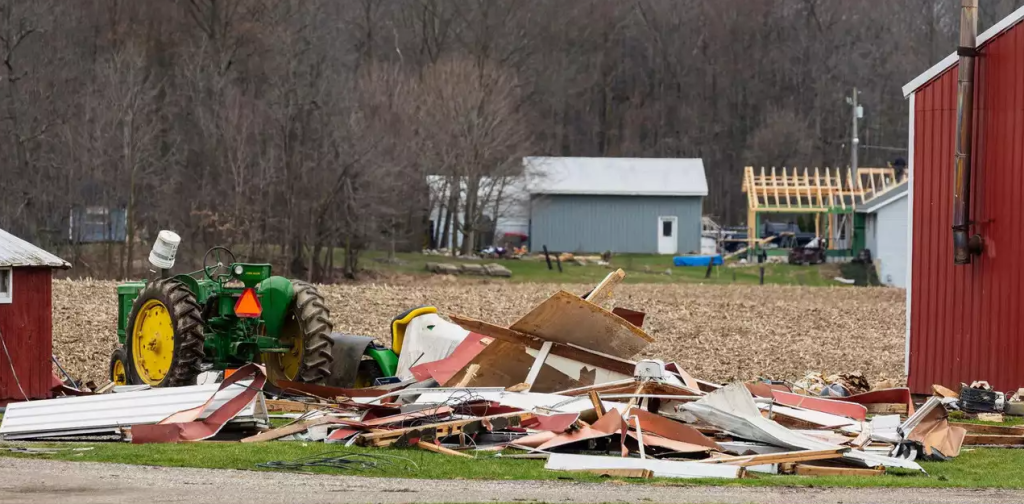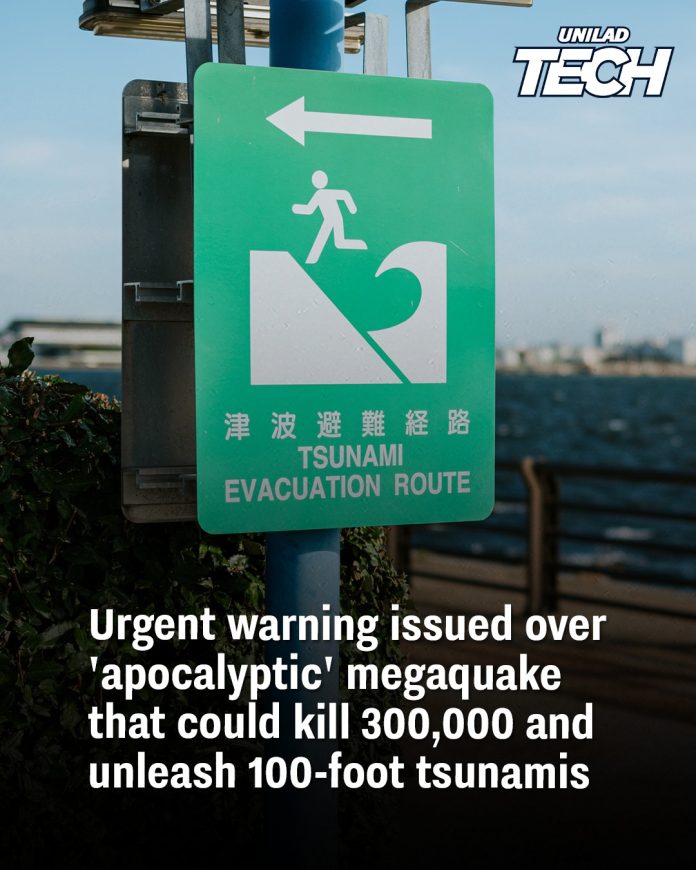Japan, a nation situated along the Pacific “Ring of Fire,” has long been susceptible to seismic activities. Recent assessments by the Japanese government have raised alarms about the increasing likelihood of a catastrophic “megaquake” originating from the Nankai Trough—a deep ocean trench off Japan’s Pacific coast. This potential seismic event poses significant threats, including massive tsunamis and extensive infrastructural damage, prompting urgent calls for preparedness and mitigation strategies.

Understanding the Nankai Trough and Its Seismic Significance
The Nankai Trough extends approximately 900 kilometers along the Pacific coast of Japan, where the Philippine Sea Plate subducts beneath the Eurasian Plate. This tectonic interaction has historically resulted in powerful megathrust earthquakes, typically occurring every 100 to 200 years. The last significant event in this region was the 1946 Nankaidō earthquake. Given this historical pattern, seismologists have been closely monitoring the area for indications of increased seismic activity.
Increased Probability of a Megaquake
In January 2025, the Japanese government’s Earthquake Research Committee reported an 80% chance of a magnitude 8 to 9 earthquake occurring in the Nankai Trough within the next 30 years. This revised probability underscores the pressing need for enhanced disaster preparedness and public awareness.
Potential Impact and Consequences
A megaquake in the Nankai Trough could have devastating effects:
- Human Casualties: Estimates suggest that such an event could result in up to 300,000 fatalities, primarily due to the ensuing tsunamis and structural collapses.
- Tsunami Threats: Tsunami waves could reach heights of up to 98 feet (approximately 30 meters) in certain areas, inundating coastal communities with little warning.
- Economic Impact: The economic ramifications are projected to be severe, with potential damages amounting to $1.8 trillion. This includes the destruction of approximately 2.35 million buildings and the displacement of around 12.3 million individuals.
Governmental Measures and Public Preparedness
In response to these projections, the Japanese government has updated its disaster management strategies:
- Infrastructure Reinforcement: Implementation of stricter building codes aims to enhance the earthquake resilience of structures, particularly in high-risk zones.
- Early Warning Systems: Advancements in seismic monitoring and early warning technologies are being prioritized to provide residents with timely alerts, although some areas may have as little as a two-minute warning before tsunami waves make landfall.
- Community Education: Public awareness campaigns focus on educating citizens about evacuation procedures, emergency preparedness, and the importance of having disaster supply kits readily available.

Lessons from the 2011 Tōhoku Earthquake
The 2011 Tōhoku earthquake and subsequent tsunami serve as a stark reminder of the destructive potential of seismic events in Japan. That disaster resulted in over 15,000 deaths and caused the Fukushima Daiichi nuclear disaster. The experiences from 2011 have informed current preparedness efforts, emphasizing the necessity for robust disaster response mechanisms.
Conclusion
The heightened probability of a Nankai Trough megaquake necessitates comprehensive preparedness and proactive measures from both governmental bodies and the public. While the exact timing of such an event remains uncertain, the potential consequences underscore the importance of vigilance, education, and infrastructure resilience to mitigate the impact of this anticipated natural disaster.

















